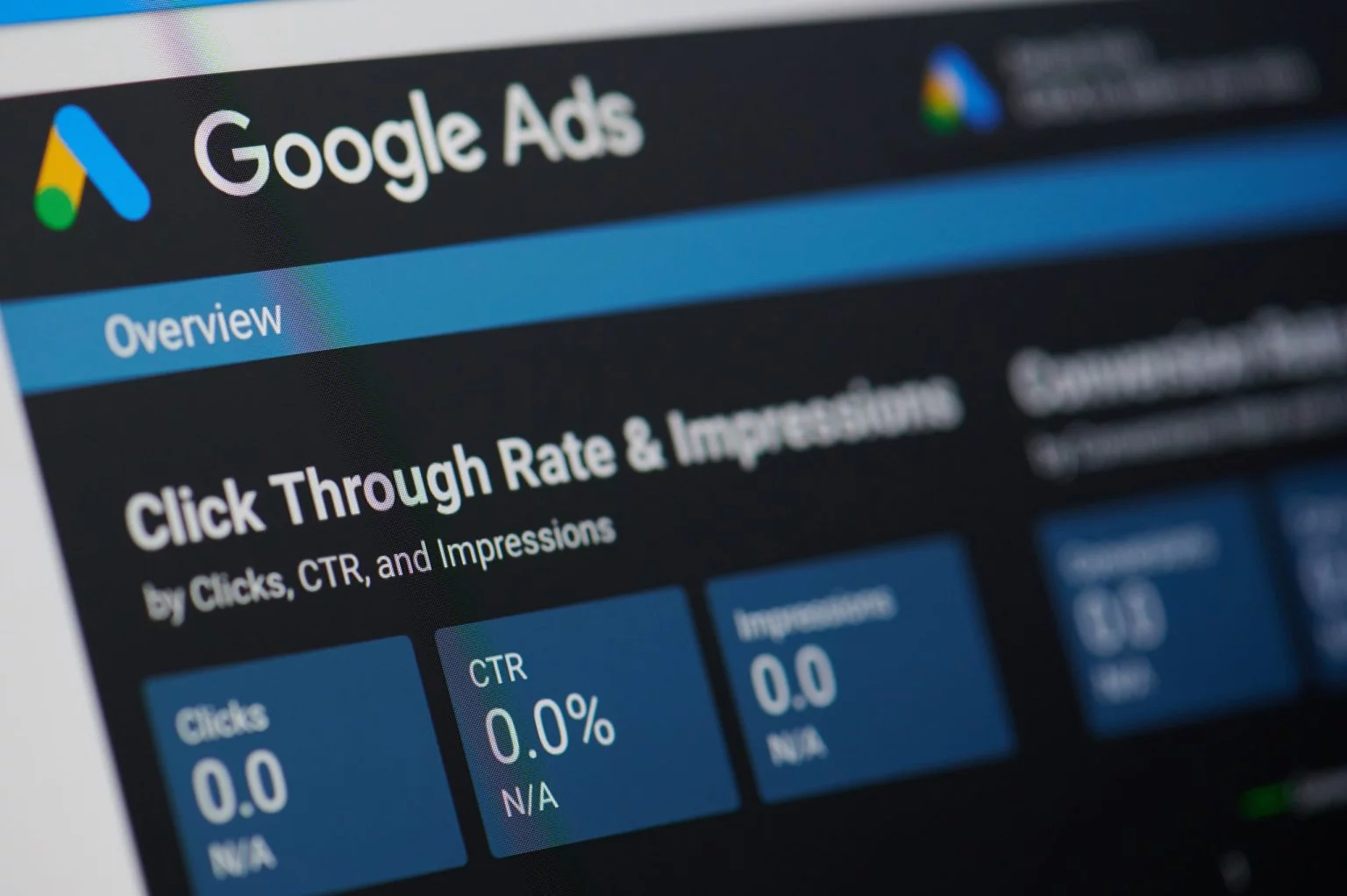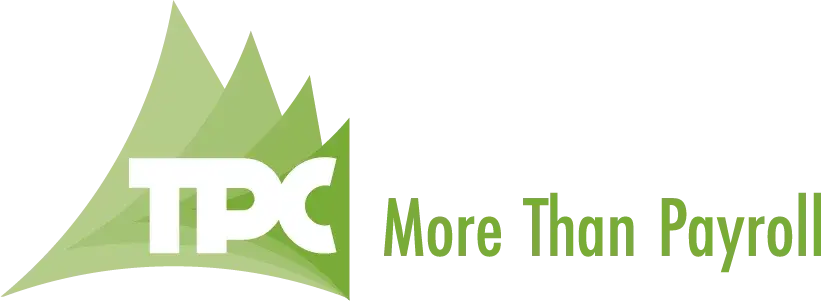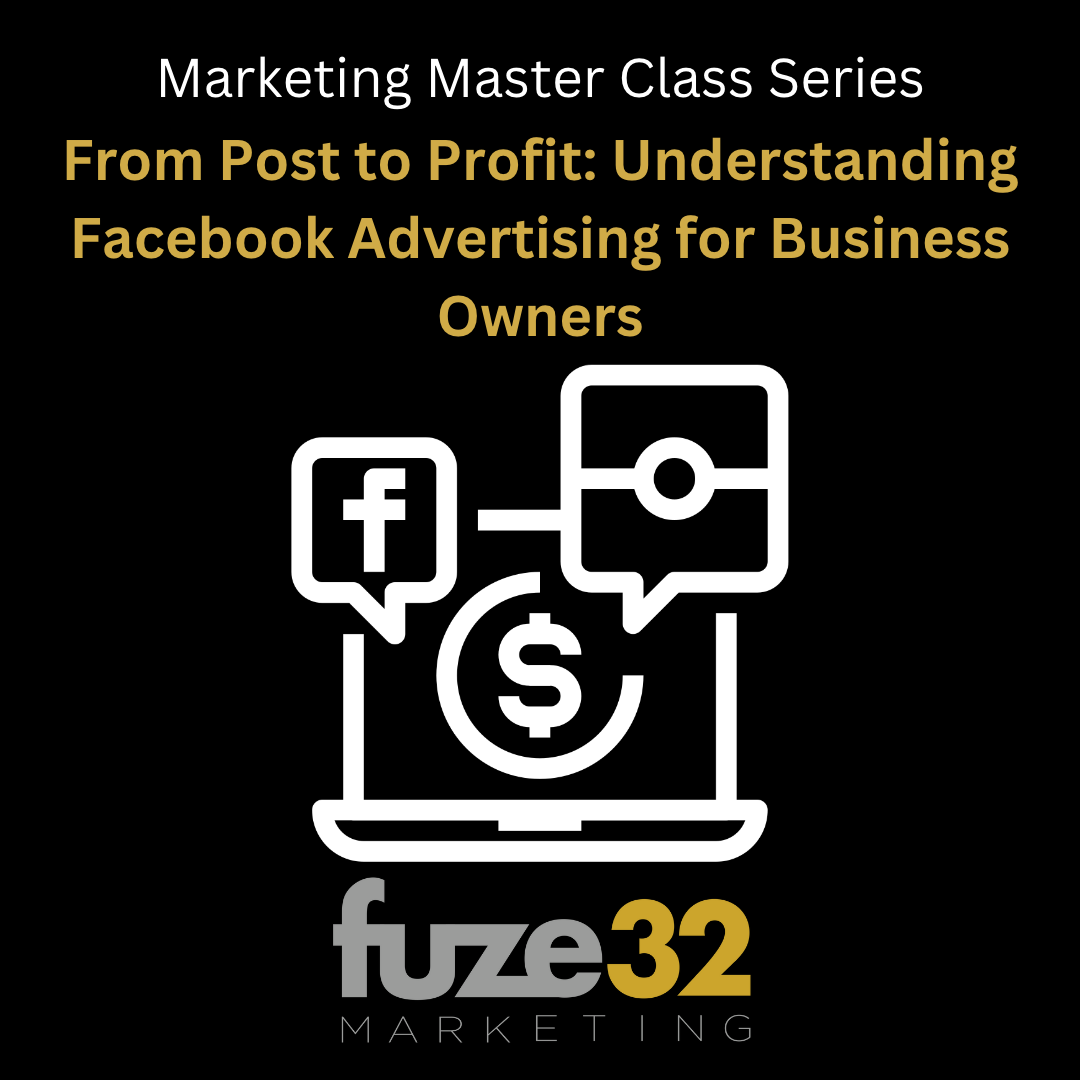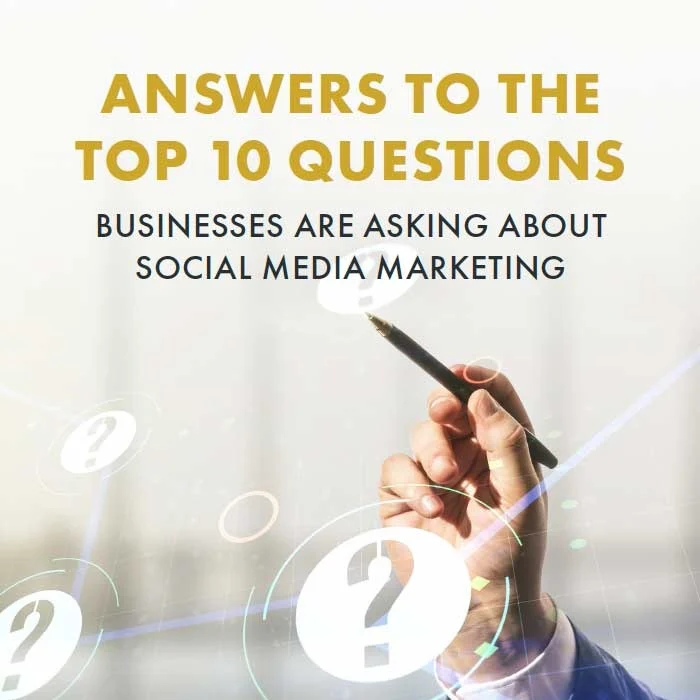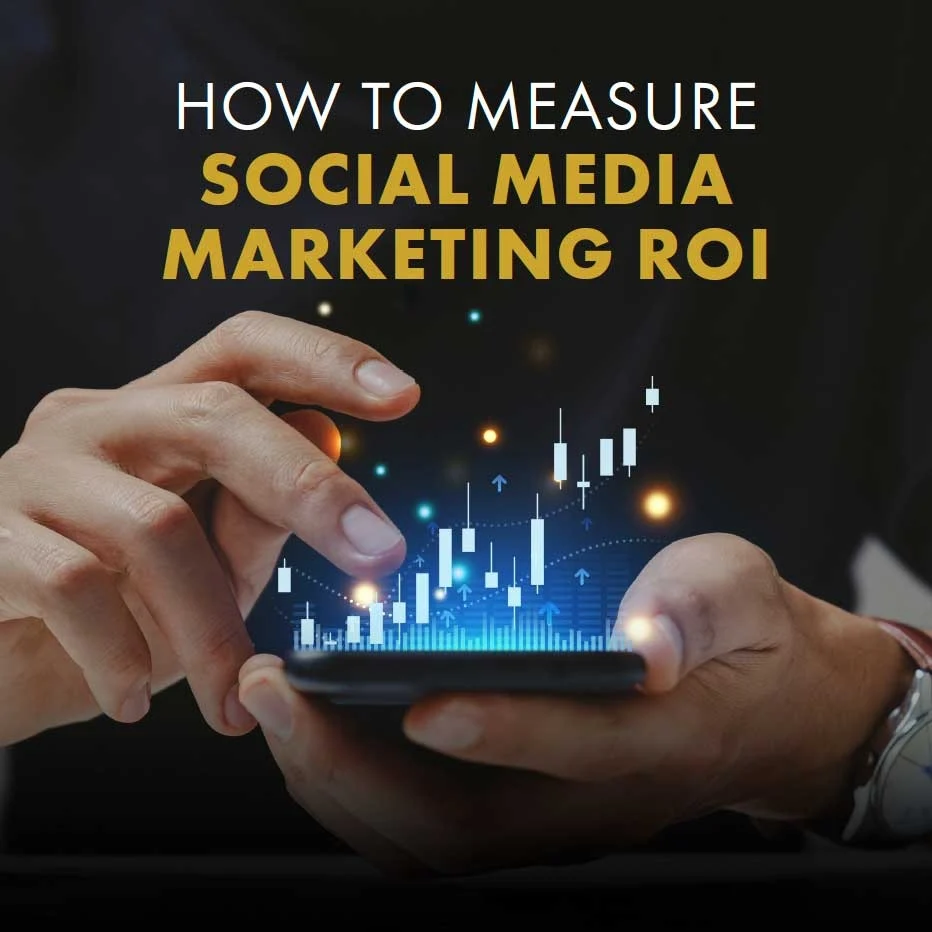Competitive Distinction. Key Differentiator. Unique Selling Proposition. Call it whatever you want...but if you don’t have it, you’re in trouble. If your salespeople can’t communicate it...they are in danger of being the sales equivalent of beige. If your marketing department can’t clarify it...no one will remember your advertising campaigns, no matter how much money you spend. So...how do you go about defining your key differentiator? Here’s an activity that we suggest using across all departments in your company - from custodial to c-suite.
First, a few rules about your Key Differentiator.
- It must matter to your customers. Too often, we hear company execs and salespeople bragging about what sets them apart from their competition...but too often, the only people who care about it...is them. Did you ever ask your customers if it made a difference to them? If your customers don’t care or don’t want it..then it isn’t a true competitive distinction.
- Your company - from the top to the bottom - must understand it and be able to communicate it. If they can’t, you also have a problem. We encourage you to perform a secret survey. Visit different department meetings, hand out slips of paper and ask each person to write down your company’s key differentiator. Then collect the answers and review them in your office. If they don’t match, you have a case of mistaken identity. And if YOU do...then so does your customer.
The game is called “You’re Fired.”
All you need is a piece of paper, a pen and about 30 minutes.
Start by taking your paper and folding it in half. Draw a line down the middle so that you have two columns.
Scenario 1: Your Company
On the left hand side at the top, write the name of your business. Below that list the numbers 1-5.
Staying on the left-hand side of your paper, take about 60 seconds and list the top 5 reasons why a client should do business with you. You should be able to do this fairly quickly without over-thinking it.
Once you’re done, take a second or two and look back over your list making sure you haven’t forgotten anything.
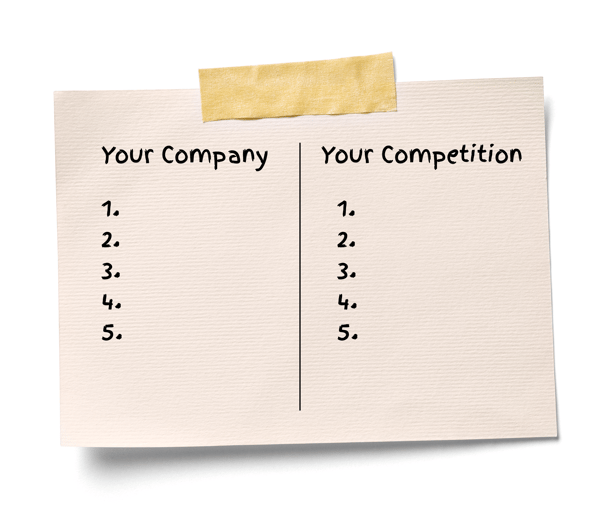
Scenario 2: Your Competition, a.k.a “New Employer”
I have good news and bad news. The bad news is that you’ve just been fired. You no longer represent your company.
The good news is that your largest competitor was hiring! And guess what...you got the job.
Congratulations!
Now write the name of your competitor at the top of the right-hand column on your paper.
Here’s the scenario: You just got back from a week of onboarding with your “new employer” and you are pumped and ready to go! You have all new shirts and a travel mug with your new company’s logo. You just spent 5 days learning all the ins and outs of the company and are heading to your very first appointment.
You sit down in front of your prospect and introduce yourself. The first question to come out of your prospect’s mouth is, “So tell me, why should I do business with you?”
You smile because you got this! You just finished training and are happy to share what you’ve learned (yes...we agree...you should be asking questions instead of dumping information. But for the sake of the exercise, ignore poor sales technique).
Take a minute and, as if you were responding to the prospect, write down the top 5 reasons why they should do business with you (your new employer).
A quick Time-Out
We often run into people who, when doing this portion of the exercise, get snarky because of obvious disdain for their competition. They have trouble completing this part honestly. So to get the most out of this exercise, suspend competitive scorn for the next 10 minutes - we promise it will be worth it. How do you answer that question...really? What are your competition’s sales people actually saying on sales calls? Based on that, what will you legitimately tell your “prospect” now?
The Debrief
Now that both columns of the paper are filled out, take a minute to examine both lists. Compare and contrast what has been written on the two sides.
Notice where you’ve written the same thing...or pretty close to the same thing...on both sides. Where you see anything that matches on both sides, take your pen and cross those items off both lists.
Why?
Because those items don’t count and cannot be considered unique selling propositions. They are only true USPs if they are truly unique. Think about it from a prospect’s perspective: if you’re telling your prospects, or emphasizing in your marketing, the EXACT same things your competitor is telling them, then you’re not differentiating yourself in the market at all. In fact, you’re only confusing your prospects.
If YOU can’t find anything that makes you unique, how do you expect prospects to understand the difference between you and your competition?
What's more, if they don’t perceive any real competitive distinction between two similar businesses, they will fall back to the only thing they know how to use as a difference-maker...price. By going to the table with a weak USP....you may be inadvertently creating your own price battle.
Next, notice what items remain on your list...if anything. Any items that remain have the possibility of being the areas you want to leverage in your marketing. Those may be your true key differentiators.
Congratulations...you've found true building blocks for understanding what truly sets you apart in the market. But this is just the beginning. Those blocks must be examined and understood. They have to be tested and proven. They must be clarified and communicated...a lot. Every department in your company must understand their connection to those blocks. And your marketing must begin to tell your company's story as it relates to those blocks.
Nevertheless...knowing what they are is the most important first step.



.webp)






